Are mood-boosting indoor plants good for your mental health? Yes! I’m sure you’ve heard that before. But, what are their well-being benefits? And how do you maximise them?
Once you understand the straightforward science behind plants, you can use it to your advantage.
Discover the amazing well-being benefits — and one huge myth — of houseplants. Plus, learn the key factors to decorate with them and lift your mood at home.

Meet the “Happier at Home” blog series
This blog post is part of the Happier at Home blog series. A collection of articles packed with practical tips and healthy habits to help you boost your happiness at home. Make sure you check out the first blog post of the series to get started: 10 science-backed ways to make you happier at home.
How houseplants improve your mood and mental health
There are so many reasons indoor plants are useful to you. But, today, I’m going to focus on their mental health benefits – and how to make the most of them in your home.
First, let’s talk about how our indoor leafy friends work their natural magic.
Plants have the power to boost positive emotions and reduce negative feelings.
Here are the two simple processes by which plants can lift your mood and health:
- Being exposed to plants (psychological benefits of Nature)
- Caring for indoor plants (mindfulness practice)
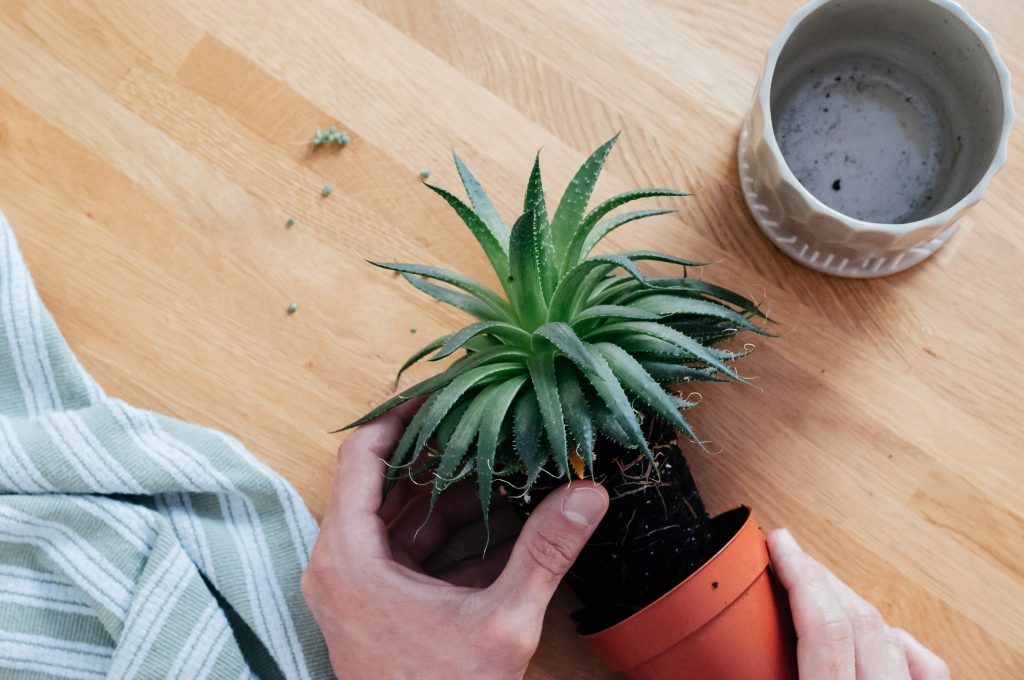
1.- The mental health benefits of indoor greenery
The psychological benefits of houseplants have been studied greatly in healthcare and workplace environments. By now, we know there’s growing evidence indoor plants can lift your mood when you are exposed to them regularly1.
They can also improve people’s self-reported happiness, which is a long-term well-being indicator2.
Plants make us happy because of our innate connection to Nature.
A whole series of positive reactions take place in your body and mind when you are exposed to plants. This behaviour is perhaps linked with a basic sense of abundance — where there are plants, there is generally food (and somewhere to hide from predators).
That’s why mood-boosting indoor plants make such happy gifts. You’re essentially gifting abundance and safety. (This may or may not be a hint…)
You’ve seen how plants enhance positive emotions. Yet they also have the power to reduce negative ones. Indeed, they have been shown to reduce stress and anxiety. According to a study, placing a potted plant on your desk can enhance your brainwave activity (feeling relaxed, yet attentive) and lower your stress3.
Do you work from home?
You’ll be glad to hear indoor plants enhance productivity and promote concentration4. Granted — they will not do the work for you. But, as well-being interventions go, what an easy way to optimise your environment and make it as healthy as possible!
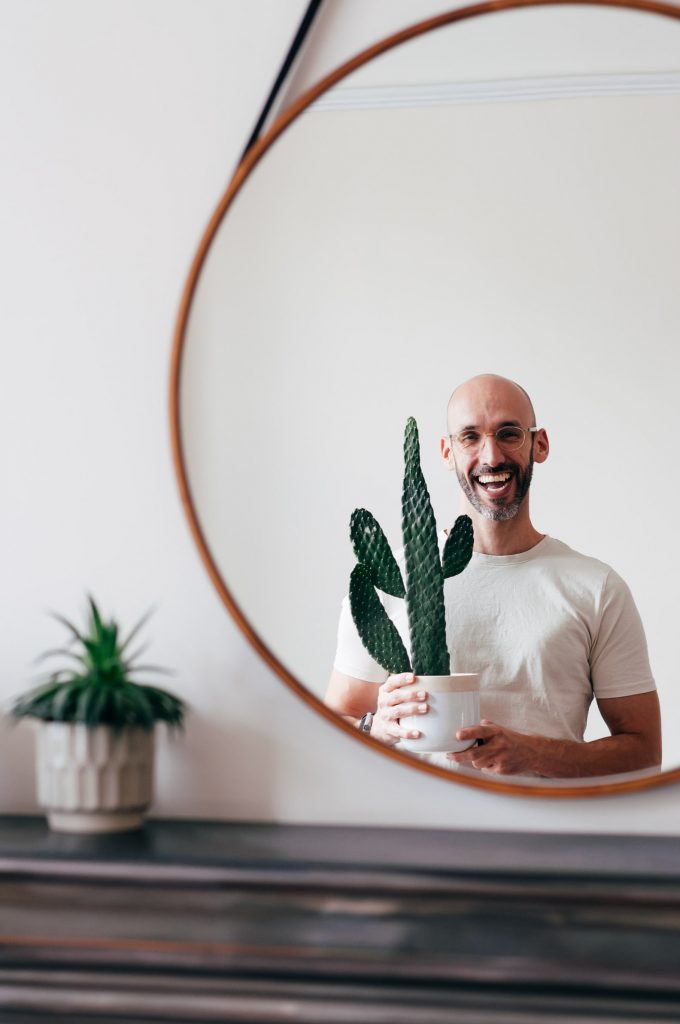
2.- Indoor plants and mindfulness practice
Maintaining indoor plants is a mindfulness exercise. It comes with all the extra goodness that mindfulness brings to your mental health. Some of these benefits include enhanced self-awareness, increased emotional intelligence and stronger relationships5.
Think about it.
When you’re looking after your plants, they have your full attention. You notice how they look, leaf by leaf. Are they thirsty? Do they need repotting? And then you take action by watering, trimming, cleaning, etc.
When you do this, time after time, you establish a mindfulness practice. Being mindful of the present moment is rare nowadays, with so many distractions. However, caring for indoor plants can ground you and return you to the present moment again — where you belong.

Other little-known scientific benefits of having houseplants
Studies in hospitals have shown patients rate their rooms more positively and show higher satisfaction when they have indoor plants. The patients said “plants brightened up the room environment.” Such a considerable effect with a modest change6.
A review of 50 studies also suggested that rooms with plants are seen as more comfortable and generate positive emotions – friendliness, happiness, calmness and warmth7.
It seems we are instinctively drawn to indoor spaces with plants, which connects with the concept of biophilia (love of Nature).
But what does it mean for you and your home? To put it simply: you’ll be happier and like your home more when you decorate with plants!
Keeping mood-boosting indoor plants will not only support your well-being, but you’ll be happier and more satisfied with your home.
And there’s more. Here are other science-backed benefits of indoor plants7:
- Lower blood pressure
- Lower ratings of pain
- Reduced fatigue
Myths about the benefits of indoor plants also exist
Most prominently, how indoor plants help purify the air. Basically, they don’t. Yes, you’ve read it everywhere — from books to blog posts — because we all thought it was the case. Now we know you’d need hundreds (if not thousands) of plants in each room to purify the air8.
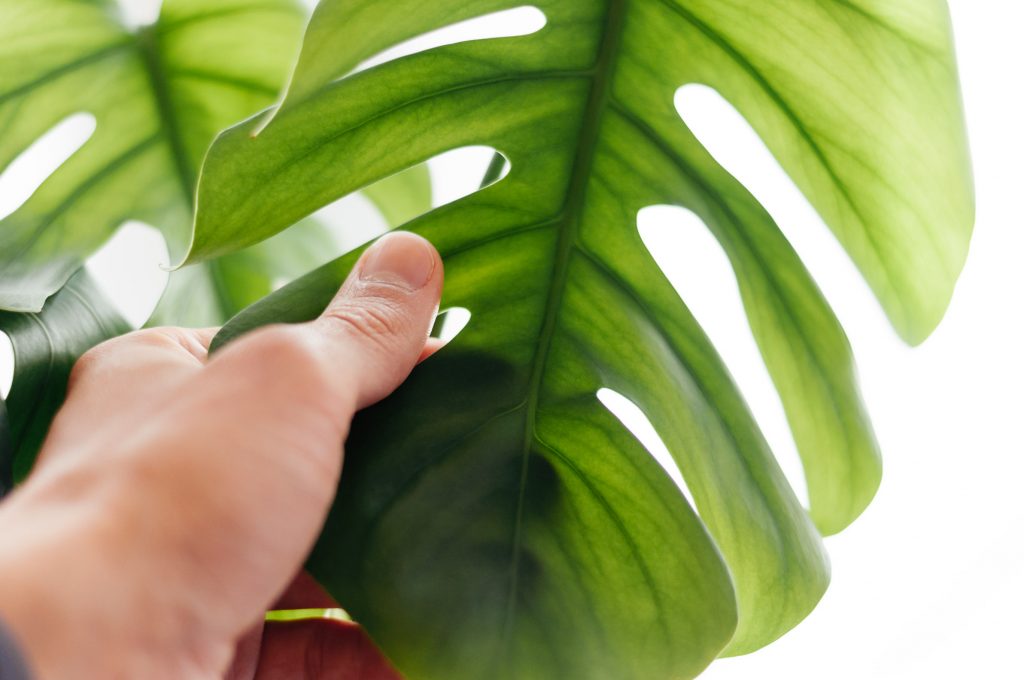
How to decorate with indoor plants to boost your mood and improve your mental health
Does how you style your plants matter when it comes to well-being? To a degree, I believe so.
These are the three key factors you should know to decorate for well-being with indoor plants.
1.- Greenery as far as the eye can see
Become a proud parent of a large plant family. Always respecting your Maximum Plant Index (MPI) — yes, I’ve just made it up. Your MPI tells you how many plants you can keep at home at one given time. Too many and caring for them becomes a burden. Too few and the space feels sterile.
2.- Add indoor plants to the rooms you spend more time in
Kitchens and living rooms are excellent to keep clusters of houseplants. Place them around the room and in your line of sight. Do you enjoy long hot baths? A lush fern could be your little spa companion in the bathroom. High-traffic areas and home offices are other ideal locations.
3.- Double on natural elements
Using natural materials, such as stone or wood, can also contribute positively to your well-being. This is in line with the principles of biophilic design9. Why not choose indoor plant pots made of these materials? Think little marble pots, wooden trays or large seagrass baskets.
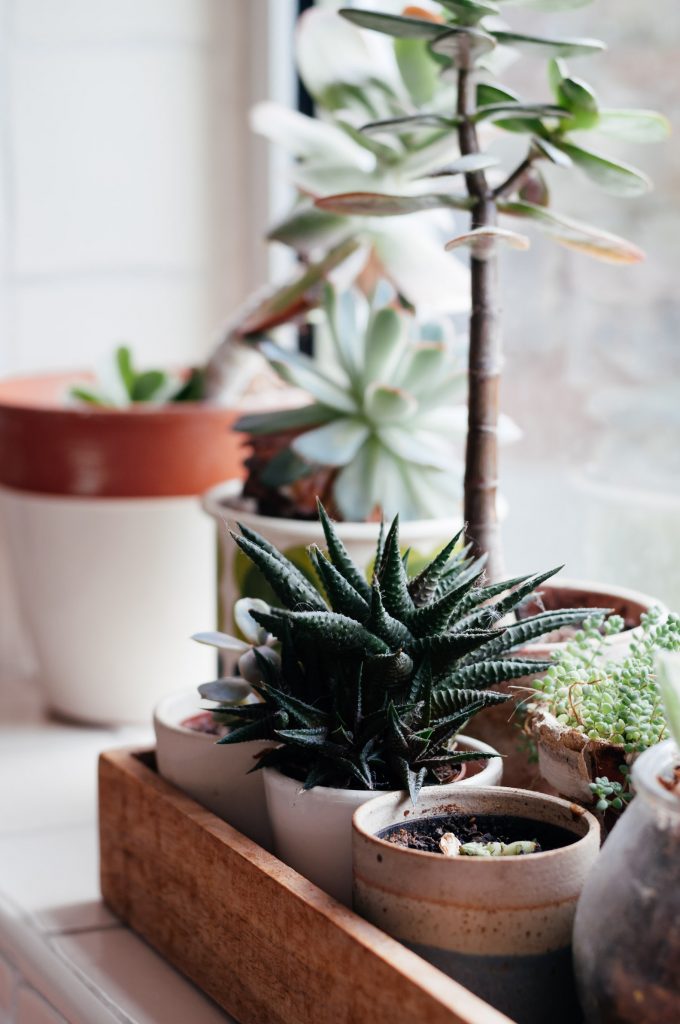
What indoor plants are good for your health and mood?
Which mood-boosting indoor plants make you happier? Do all plants provide equal well-being benefits? Is there some sort of “champion” plant that will make your problems magically disappear?
This is something many are desperate to know.
I’ve read many online articles titled “top 5 plants for mental health,” etc. A word of caution, though: we have no definite evidence to suggest some indoor plants are better than others, based on their impact on your well-being.
That said, one study found “the environments with green, slightly scented and small plants were reported as the most favourite conditions.”10 These conclusions are interesting and there’s no harm in applying the results to your home. Although we have to take it with a pinch of salt.
However, it highlights how greenery is the most powerful factor (going back to the well-researched concept of biophilia). Which is wonderful news as most indoor plants happen to be green. Thanks, chlorophyll!
My recommendation is clear and trend-free. Choose your houseplants based on:
- How much do you like their appearance?
- Does your space suit the needs of the plant (sunlight, humidity, pot size, soil, etc.)?
- Are they safe (pet friendly, allergens, needles, etc.)?
- Are they easy to care for?
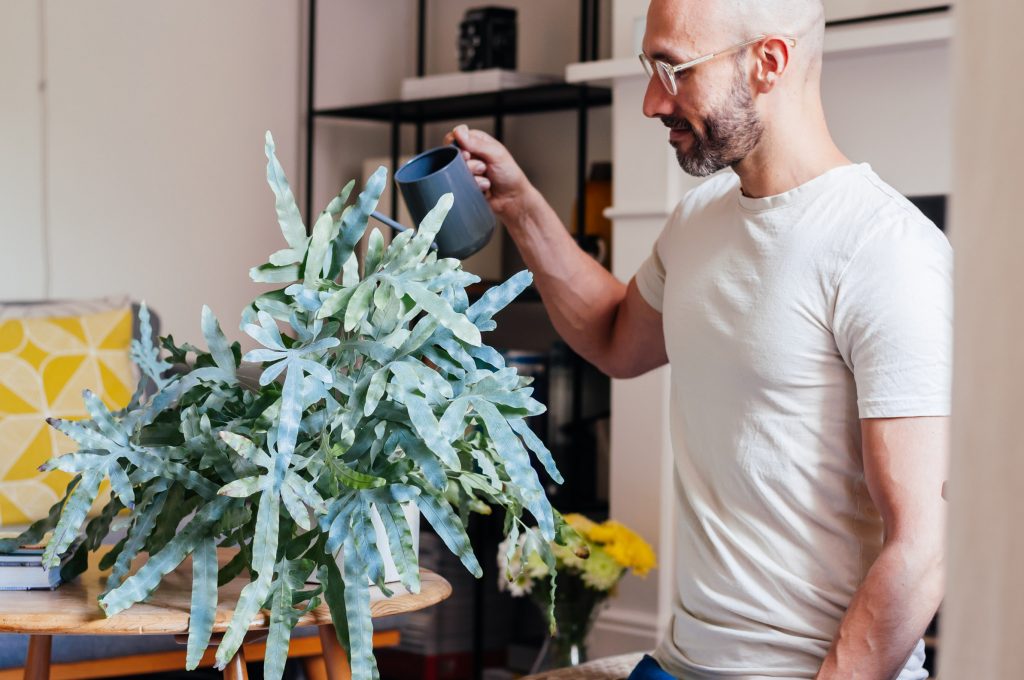
What is your favourite houseplant?
Do you have a go-to plant friend? And what is your Maximum Plant Index (MPI)? My MPI is around 25. And I have 23 plants at home right now. So this means I could do with some mood-boosting indoor plants… (This is a hint.)
Don’t forget to check the other articles of the Happier at Home blog series for more interior design advice and well-being hacks.






Matthew Richards
•4 years agoHey, completely agree. Have always loved house plants around me when I’m working. Although I have some way to go to beat you at 23!
Juan Sandiego
•4 years agoThank you for your comment, Matthew! Glad you enjoyed the blog post. You start with one plant and then the rest is history, haha.
Unlock the Secrets of Biophilic Design for Your Home (Beyond Plants and Sunshine) | Happy Home Clinic
•2 years ago[…] design isn’t just about adding more indoor plants or opening the curtains to let the sunshine in. It’s built on 14 unique patterns derived from […]